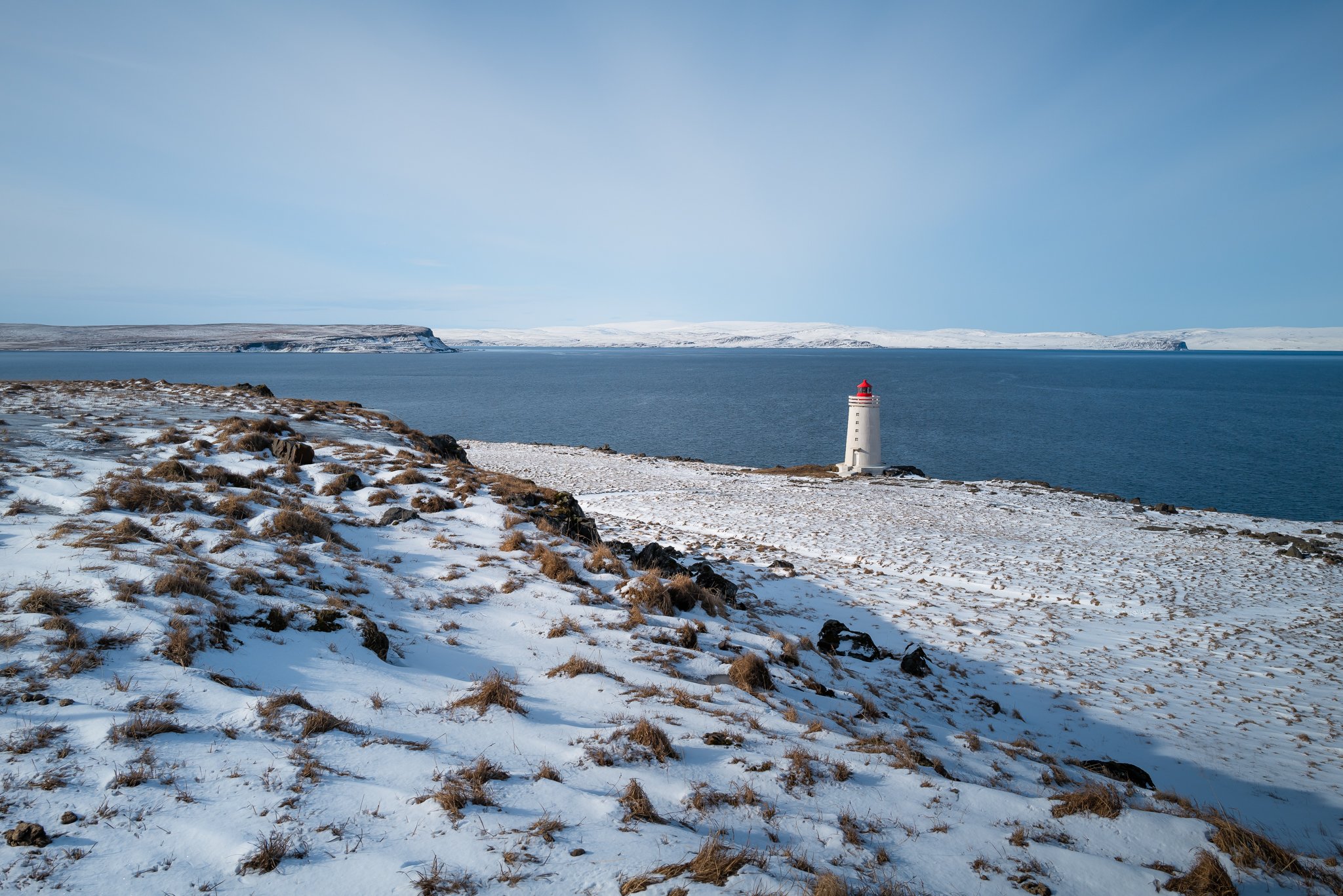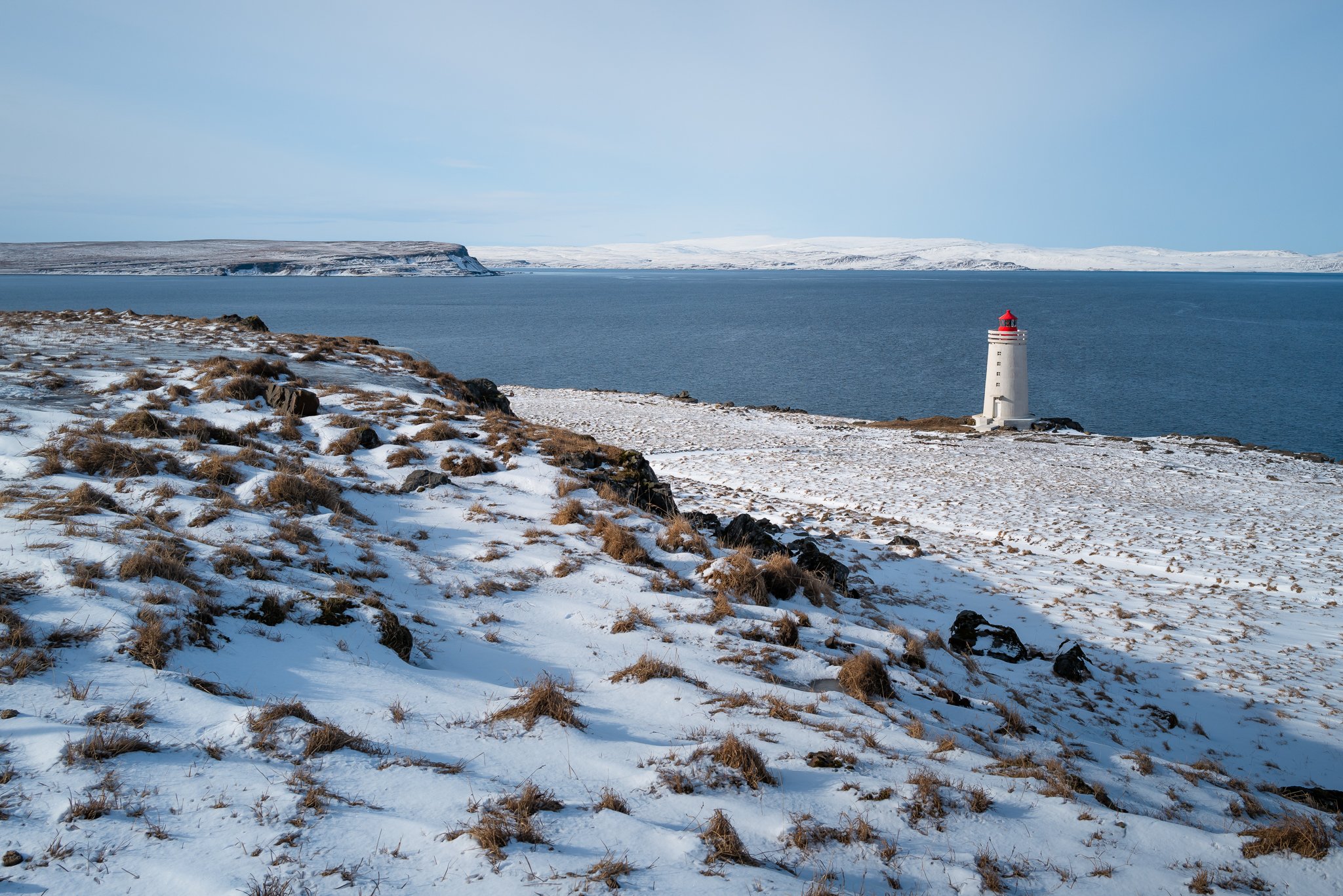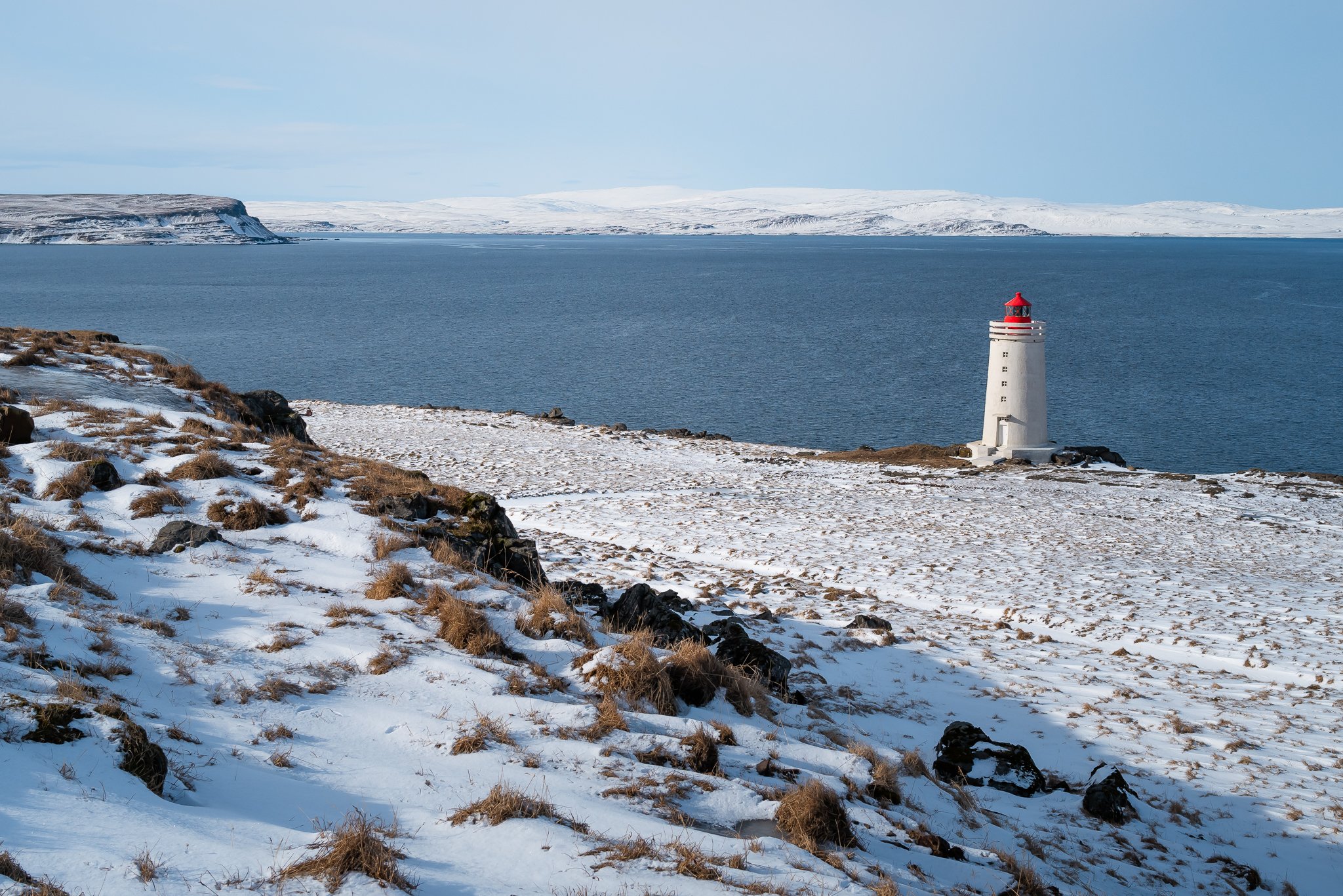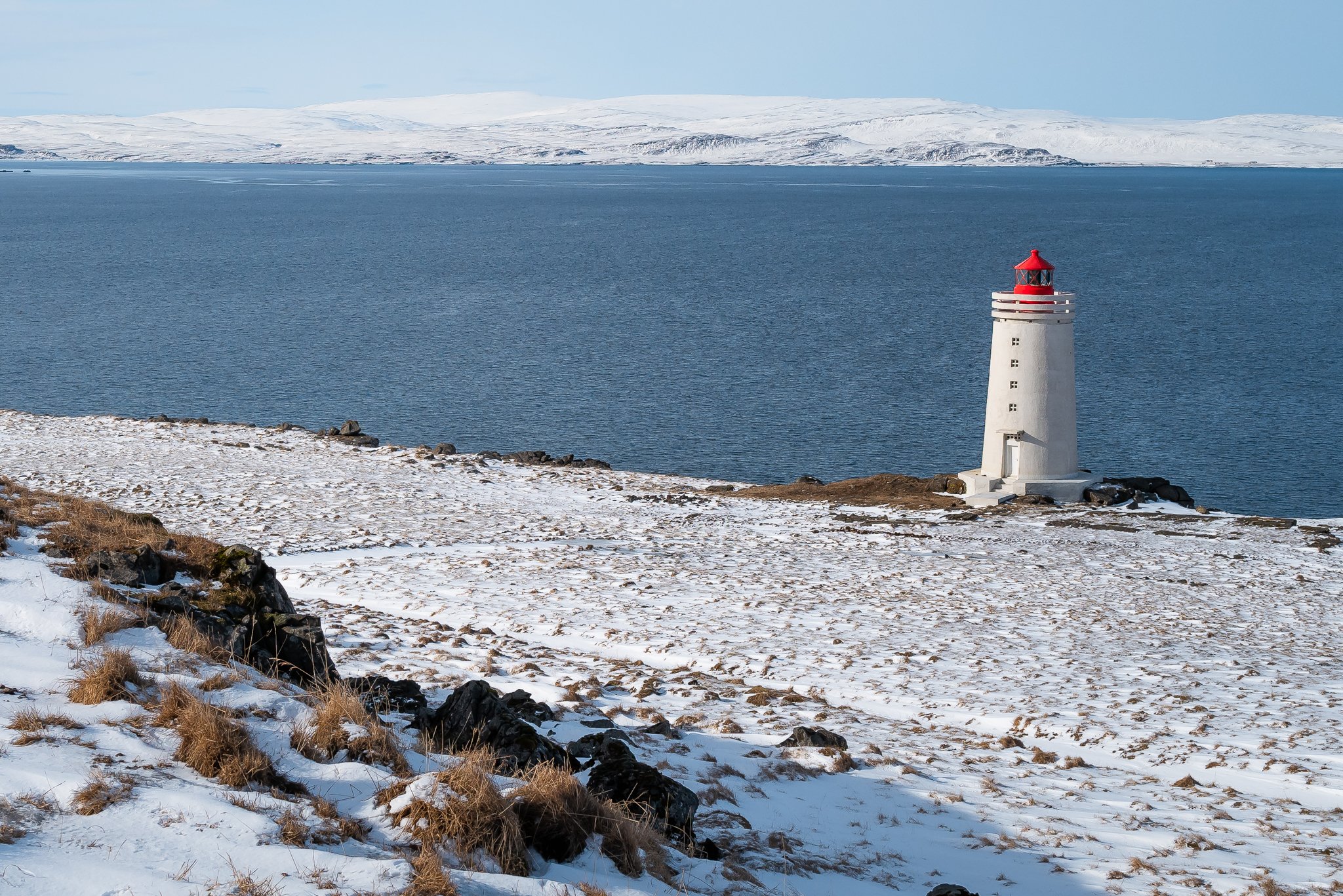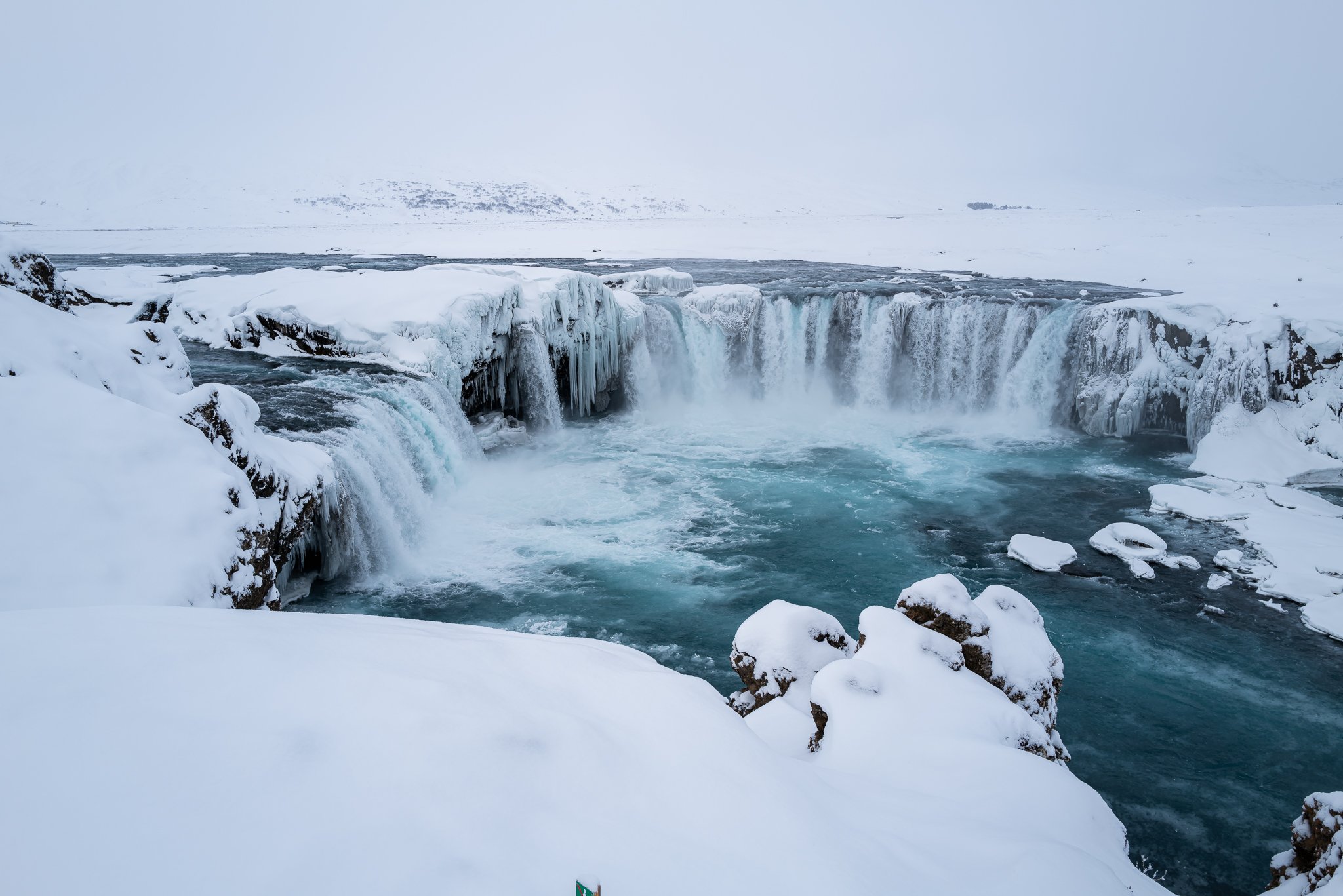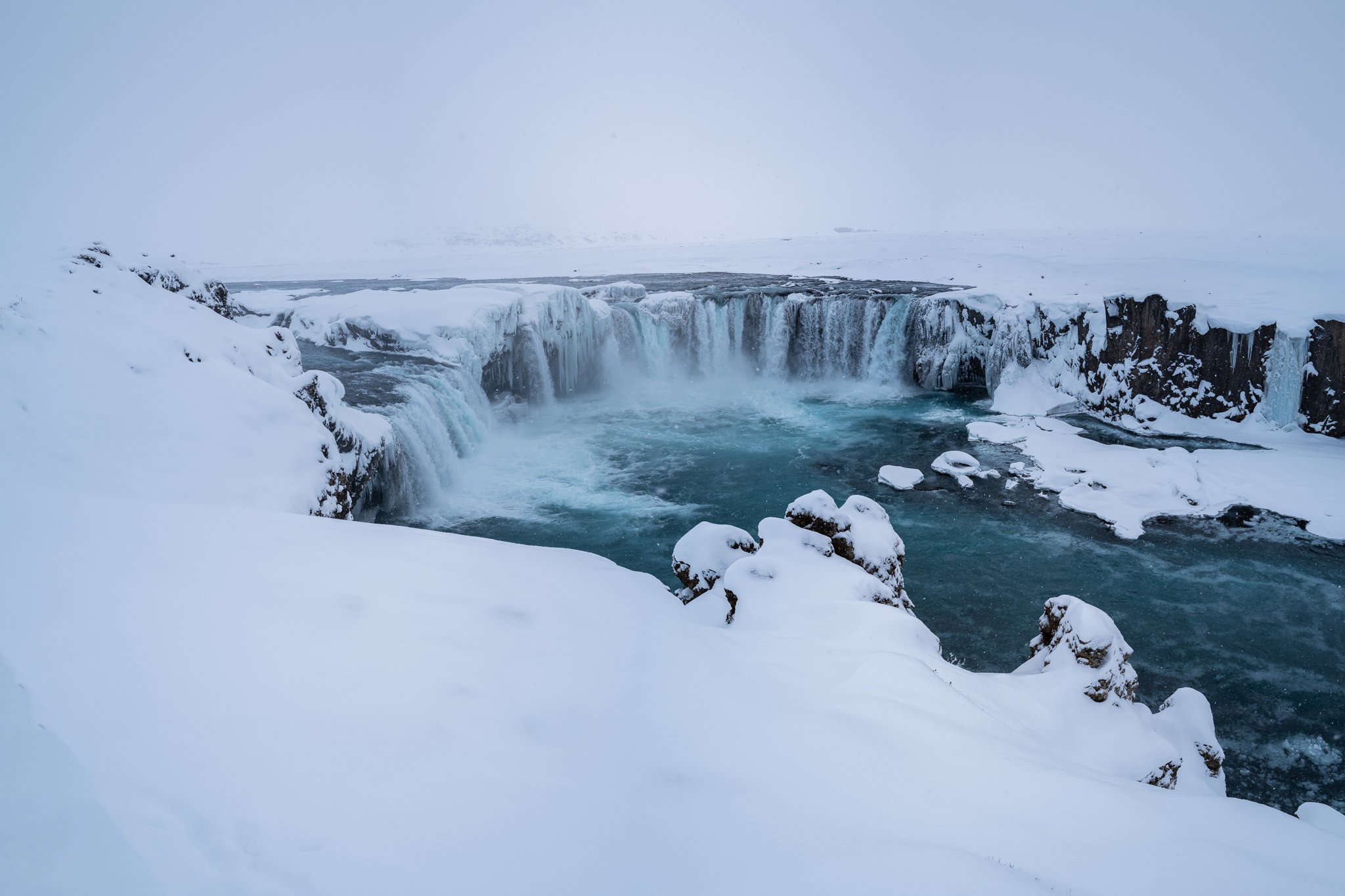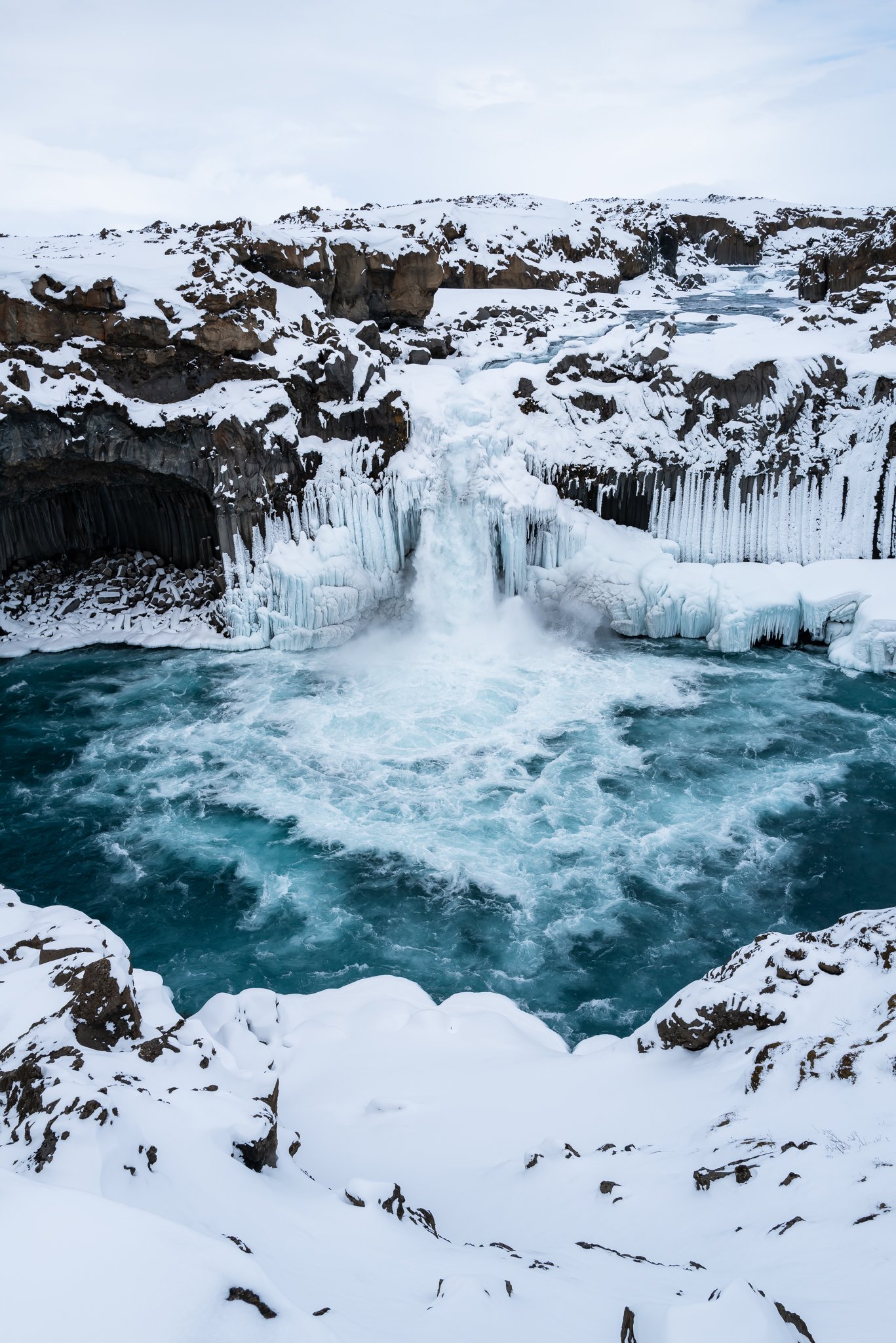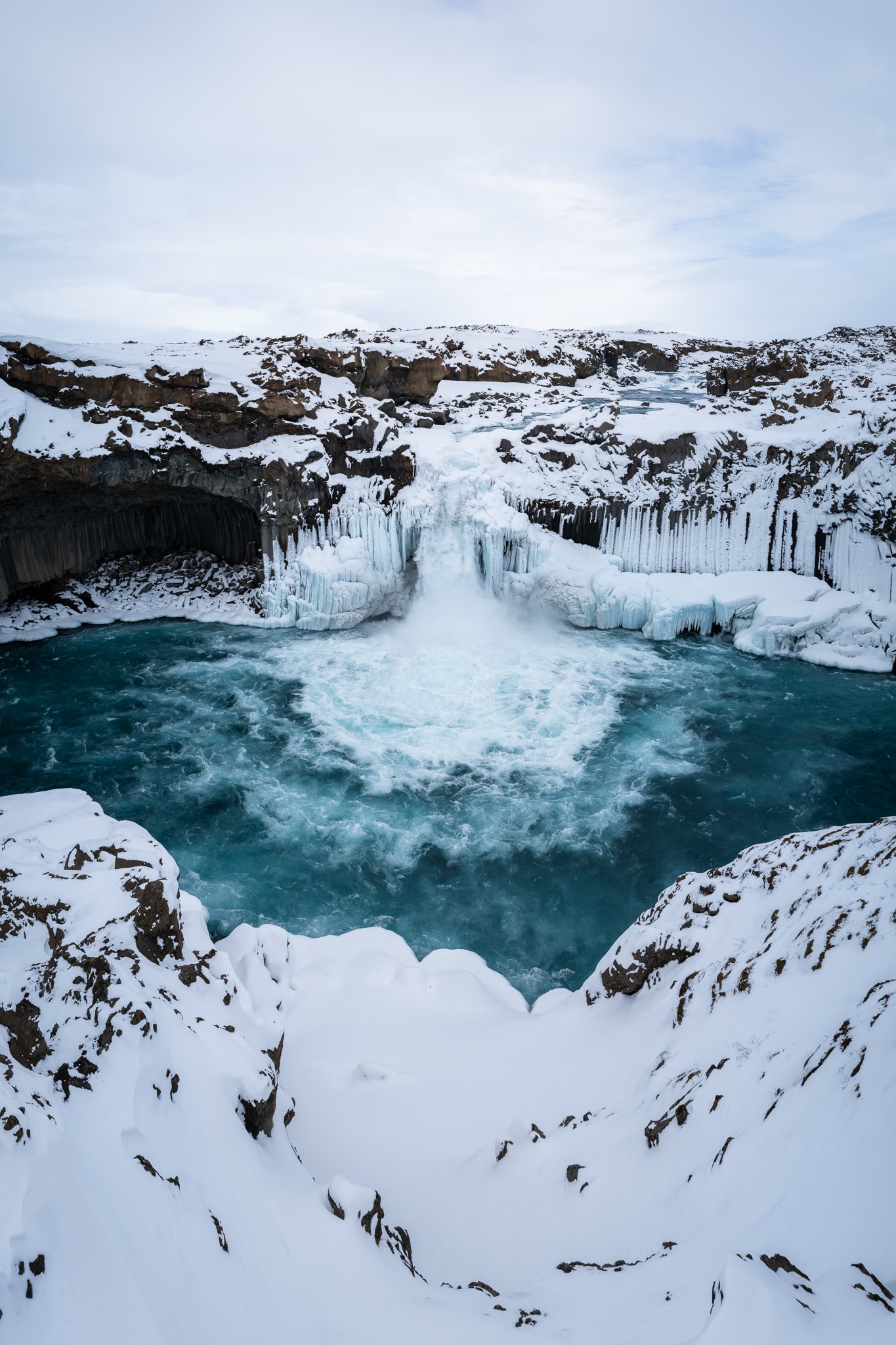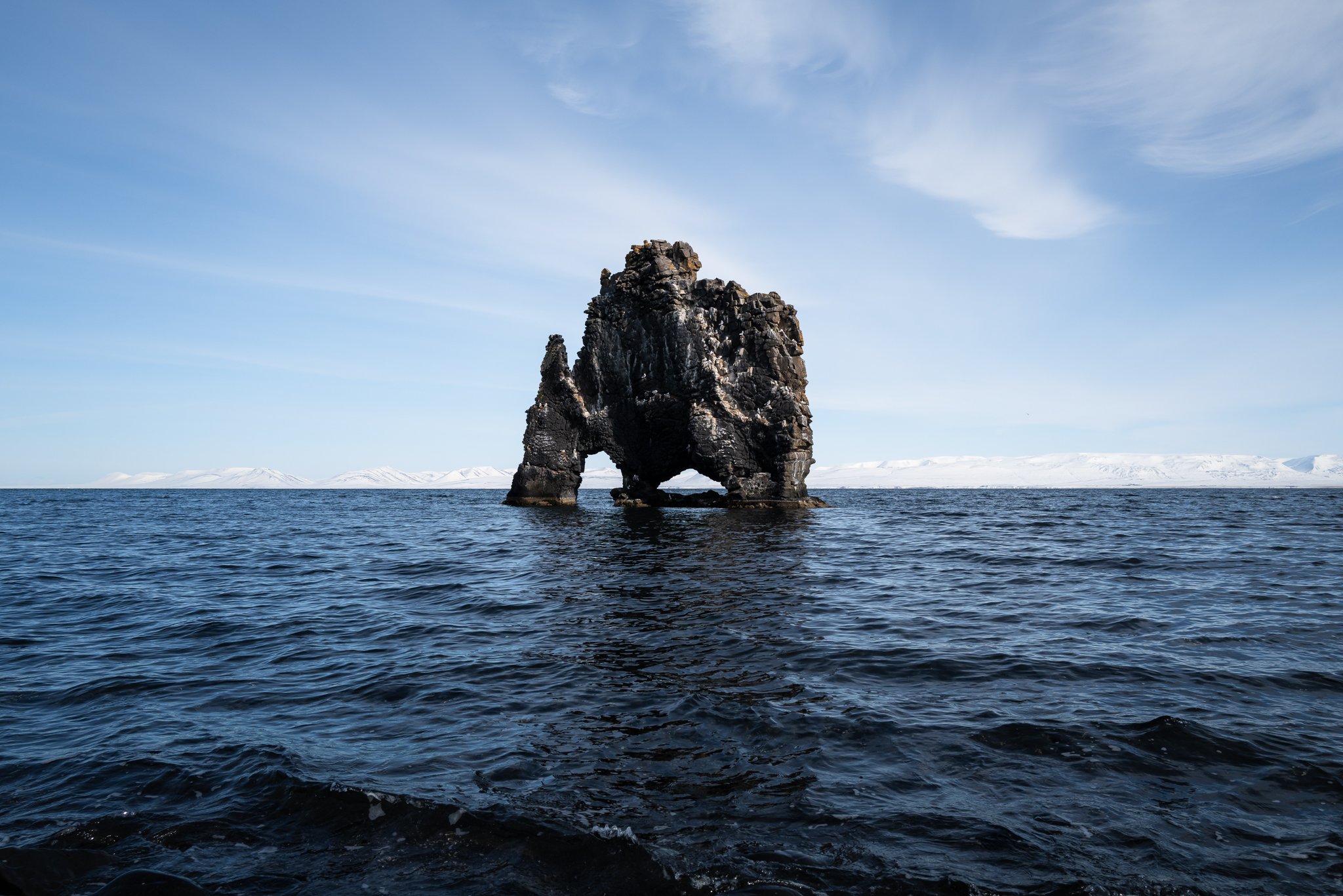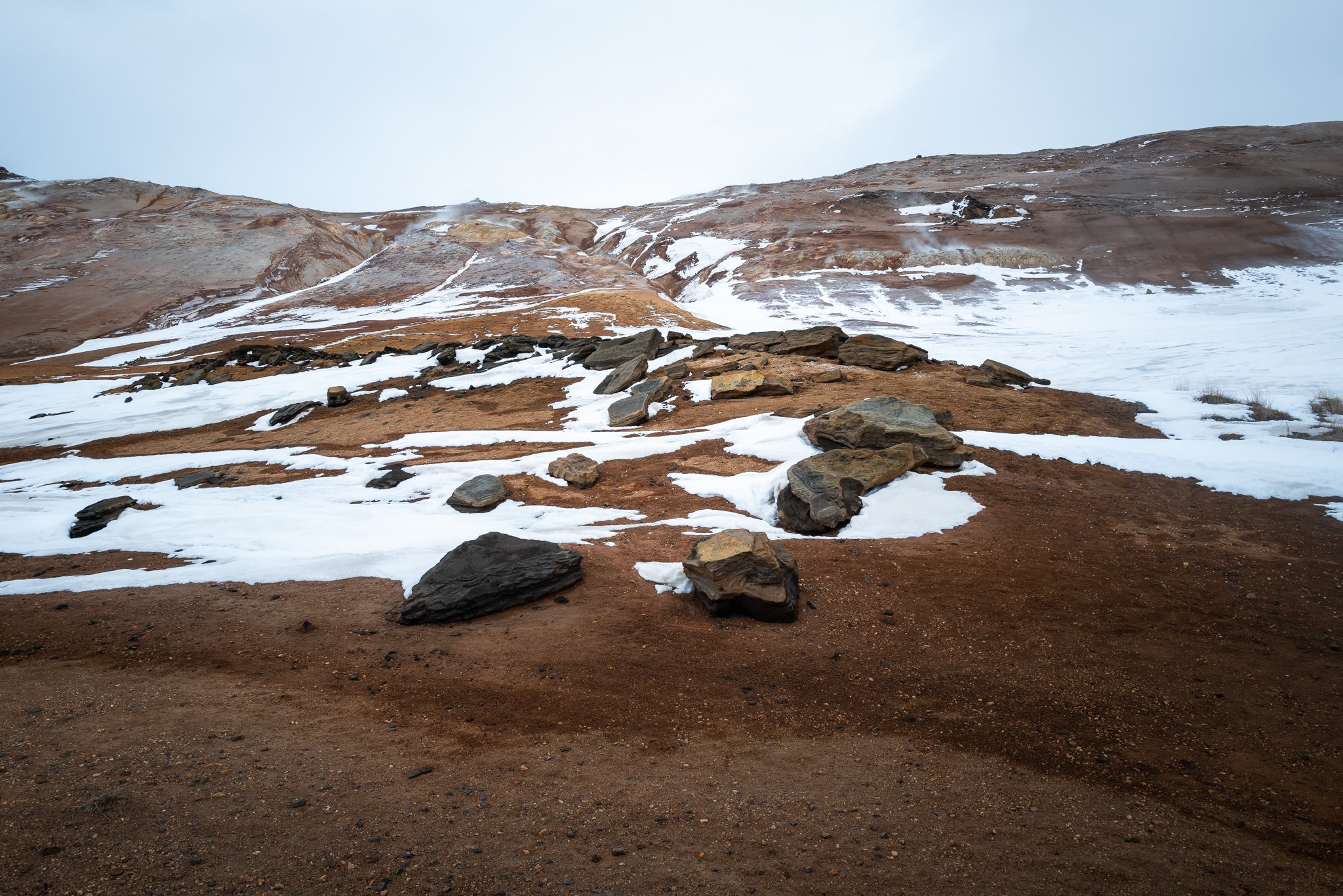REVIEW: Leica q2
The pros and cons of the Leica Q2 and whether it might be for you or not
does it live up to the red dot reputation?
The Leica brand and its iconic red dot have always had this certain mystical aura around it. Until a few weeks ago, I had never even held one in my hands. I know that Germany has a reputation of making solid things, and that’s exactly what you feel when you hold the Leica Q2 - it feels like a tank. But what can this little tank do? Before we move on, this review will not include intense pixel peeping, dynamic range graphs and technical deep dive into the specs. That’s all information that’s out there. I have owned many point-and-shoot cameras (it feels weird calling the Leica Q2 that) and I’ve come to the conclusion that the specs mean little to nothing if the camera doesn’t inspire you to go out and shoot. But who is this camera for? My goal here is to help you figure out whether Leica Q2 might be a camera for you - or not.
Now let’s get the absolute basic specs out of the way. Leica Q2 has a 47.3 MP full-frame CMOS sensor and a Summilux 28mm f1.7 ASPH lens. Okay, that was VERY basic. For more details specs, head over to DPreview.
FULL DISCLOSURE: I did borrow the Leica Q2 from Reykjavík Foto with no strings attached. So this is not a sponsored review and I am not being compensated in any way. My goal is to give you the best possible information based on my experience of the camera.
Leica Q2: Shot at 1/500s, f/5.6, ISO 100
Leica Q2: Shot at 1/10000s, f/1.7, ISO 200
The pros and cons
There’s no perfect camera, and Leica Q2 is no exception. It all depends on what you’re looking for in a camera. Now lets go over the pros and cons.
WHAT I LIKED ABOUT THE LEICA Q2
Build quality AND FEEL
For me, one of the most important factors when it comes to camera gear is weather sealing and reliability. Living in Iceland and shooting in all kind of shitty weather, I need to be able to count on that my gear functions well in those conditions. To see what the Leica Q2 is made of, I took it with me on a four day road trip around North Iceland during late winter. During those days we got sub zero temperatures, snow, rain and freezing wind. But what is Leica Q2 made of? Literally. Weighing around 0,72kg (1.58 lb) and built like a brick, the lower portion of the body is made of magnesium alloy and the top plate is made from a single piece of milled aluminium. Buttons and dials are also made of metal and the front portion is wrapped in a leather-like material. We’re used to think of cameras as these sensitive little things, but if the weight and feel of Leica Q2 is any indication of how much banging it can take - we’re in for a treat. Also, seeing Greg Williams with four Leica bodies around his neck and shoulders (two of them being Leica Q2), all banging together, should also tell us that they can take some beating.
Leica Q2: Shot at 1/250s, f/11, ISO 200
Leica Q2 is rated to IP-52 when it comes to weather sealing. IP-what? An IP rating is a two digit code with the first digit establishing the level of protection against dust and the second the resistance against moisture/water intrusion. So, Leica Q2 is basically protected from limited dust ingress and from water spray less than 15 degrees from vertical.
It did get snowed on (quite a bit), it did get rained on (nothing crazy) and it was regularly switching between cold air outside and warm air inside our car. In Iceland, having gear that you need to babysit is not ideal. You do the best you can but at the end of the day you have to use your gear, which means it won’t always be in optimal conditions. This was by no means an extensive scientific testing, but given how it performed over these days and in these conditions - it’s a good indication.
So… how does it feel to hold and use? This is always something that’s hard to put a finger on (no pun intended) but definitely matters a lot. Honestly, Leica Q2 feels very good to use - you simply want to hold it and take photos. This was a surprise to me since it has no actual grip. But maybe it’s the combination of the size, weight and material that makes it work. The size and overall design also make all the buttons very easy to work.
Image quality AND COLOURS
I’m not a brand snob in any way and to be honest, I never really believed people when they were talking about “the Leica look” and colours. After all, people usually edit their photos in very different ways so it’s hard to tell when you see someone’s work online. But I was still excited to see for myself. To my surprise, there definitely is a “Leica look”. The colours and rendering of the images is different from anything I’ve seen from the brands that I’ve tried (Canon, Sony, Ricoh and Olympus) - in a very positive and pleasing way. Even the raw files don’t call for much editing, let alone the JPEGs. With 47MP you also get a lot to work with. Sharpness, details and colours were all super good.
THE focal length (Cheat code)
This will always come down to preference. Personally, my favourite focal length lies somewhere between 28mm and 50mm. I absolutely love the compressed look of 50mm and how it forces you to frame things in unconventional ways, but I often find myself missing out on moments that happen right in front of me. With a 28mm focal length, Leica Q2 definitely gives you that intimate field of view and combined with the 47MP full-frame sensor, it really opens up some options. Your standard shot is pretty wide, but then you have a lot of room to crop into for tighter compositions, especially if it’s mainly intended to be looked at on phones and computers. To make this even easier, the camera offers a digital crop mode of 35mm, 50mm and 75mm equivalent focal lengths (resulting in about 30MP, 15MP and 6.6MP sized JPEGs, respectively). It works by adding a framing in the viewfinder, showing how the crop will look. When shooting in these modes in RAW+JPEG, the JPEGs will be cropped while saving a full 47MP resolution DNG (raw) file. See below for 28mm, 35mm, 50mm and 75mm crops, respectively.
But what about when 28mm is a bit too tight and you wish you had an even wider lens? If you’re shooting a static subject, you can always shoot a vertical panorama and stitch them together in post. I’ll do a separate blog about that later but below are two examples where one is a standard 28mm photo and the other is a panorama stitched together from 9 photos. With these things in mind and a 47MP sensor, I can almost say that 28mm is a perfect middle ground where you can both go wider by stitching panoramas and tighter by simply cropping into the image (how much depends on what you’ll want to use the photos for). It is still a prime lens but you’ve got a lot of options to work with.
Simplicity
I’m a simple man and I like simple things. When it comes to a point-and-shoot camera, simplicity is crucial - and that’s exactly what Leica Q2 brings to the table. It only has a few buttons on the body, giving you all the control you need to quickly adjust and get the shot. I hardly ever had to use the touch screen for anything. It pretty much felt like a film camera, which I really liked. Aside from adjusting some basic settings in the beginning, I didn’t do a deep dive into the menus and all the customisation options - but I never felt I needed any more control than exactly what the buttons gave me. Actually, one of my favourite things about the camera is how it’s designed and how straight forward it is to use.
Leica Q2: Shot at 1/500s, f/8.0, ISO 100
THE POTENTIAL DOWNSIDES OF LEICA Q2
I’d love to be able to have a few strong points on what I didn’t like. But to be honest, there wasn’t a whole lot. To be fair, I only used it during a single trip but after that trip I think I have a pretty good understanding of it’s capabilities, pros and cons.
Price
Not sure if it’s fair to put this as a con but the price tag on the Leica Q2 will be a deciding factor for many. I always thought that the biggest contributor to its price was the infamous “red dot” but after trying it out I see things a bit differently. Yes, the Leica logo probably plays its part but it also comes with a big quality assurance. At the end of the day, you’re getting a 47 MP full-frame body with an f1.7 prime lens with Leica glass in a tank of a body. I’m not saying it’s not a pile of money, but you’re definitely getting a lot for that pile of money.
Auto focus
I know this is something that Leica has been working on and even after I tried the camera they released a firmware making the auto focus even better. But Leica Q2 is obviously not meant to be a sports camera and sometimes you might have to do a little bit of work yourself to nail the focus. To be clear, it still has good auto focus and you have a few different focusing modes to choose from - but being used to the auto focus of cameras like the Canon EOS R5, the standard is insanely high. It’s mostly when it comes to fast moving subjects and burst modes. That being said, I actually liked having to slow down a bit and do some work myself. It’s easy to start getting lazy when you’ve used the latest cameras for some time.
Fixed LCD screen
This probably comes down to personal preference, but I like to be able to tilt my screen to get some weird angles. It means that you really have to get down and dirty if you don’t want to shoot blindly, chimp, shoot again and repeat until you have your shot. But come to think about it, the fixed screen feels like it belongs on a camera like this - it’s part of the overall simplicity which I like. But again, something for you to consider.
Size
This depends entirely on what type of camera you’re looking for… well, and your hand size. Let’s get the hand factor out of the way. I have pretty big hands so usually I prefer bigger cameras, but even without a camera grip, the Leica Q2 felt very comfortable to hold and use. There are roughly three types of camera sizes. There are pocket cameras, there are full sized cameras - and the ones in between. When it comes to the most recent cameras, there’s a general correlation between size and performance. I love pocket cameras, simply for their size. And even though many of them can deliver professional quality, there’s usually a compromise of some sort. I also like everything my Canon EOS R5 can do, but I don’t like to carry it around unless I’m doing professional work. Leica Q2 lands somewhere in the middle. You’ll hardly fit it in many pockets, but you also don’t mind having it around your neck. In fact, I didn’t really want to take it off my neck. So this is definitely not a downside to the camera, but something to consider when figuring out where it is for you or not.
Leica Q2: Shot at 1/320s, f/5.6, ISO 100
CONCLUSION
So, is it for you? Let’s leave the cost out of it for a second, since that will always be the ultimate factor. For myself, the biggest deciding factor when it comes to a camera like a Leica Q2 is whether it will inspire me to shoot more or not. Does it speak to me in a way that makes me want to take it wherever I go and capture the things around me? If it does, then it’s almost always a yes (given that I can afford it at the time).
All I know is that it’s been a long time since I enjoyed shooting as much as I did with the Leica Q2 and the creative inspiration that followed - which to me, is hard to put a price on. So, as for any other camera, there’s only one way to find out if this is the camera for you. But if you can, I highly recommend that you rent, borrow or even just try one out in a camera store. I think you’ll find out pretty soon.
Below are a few more images from those few days in the North - all shot on Leica Q2 with minimal editing and cropping. Also, I’d love to know your thoughts on the camera and all feedback on the review are also greatly appreciated. Also, if you like more of these, consider subscribing to my newsletter (below).
Until the next one!
COnS:
Price
Auto focus
Fixed LCD screen
PROS:
Build quality
Weather sealing
Image quality and colours
47 MP and lots to work with
Simplicity and design
Focal length (personal preference)
Macro mode






